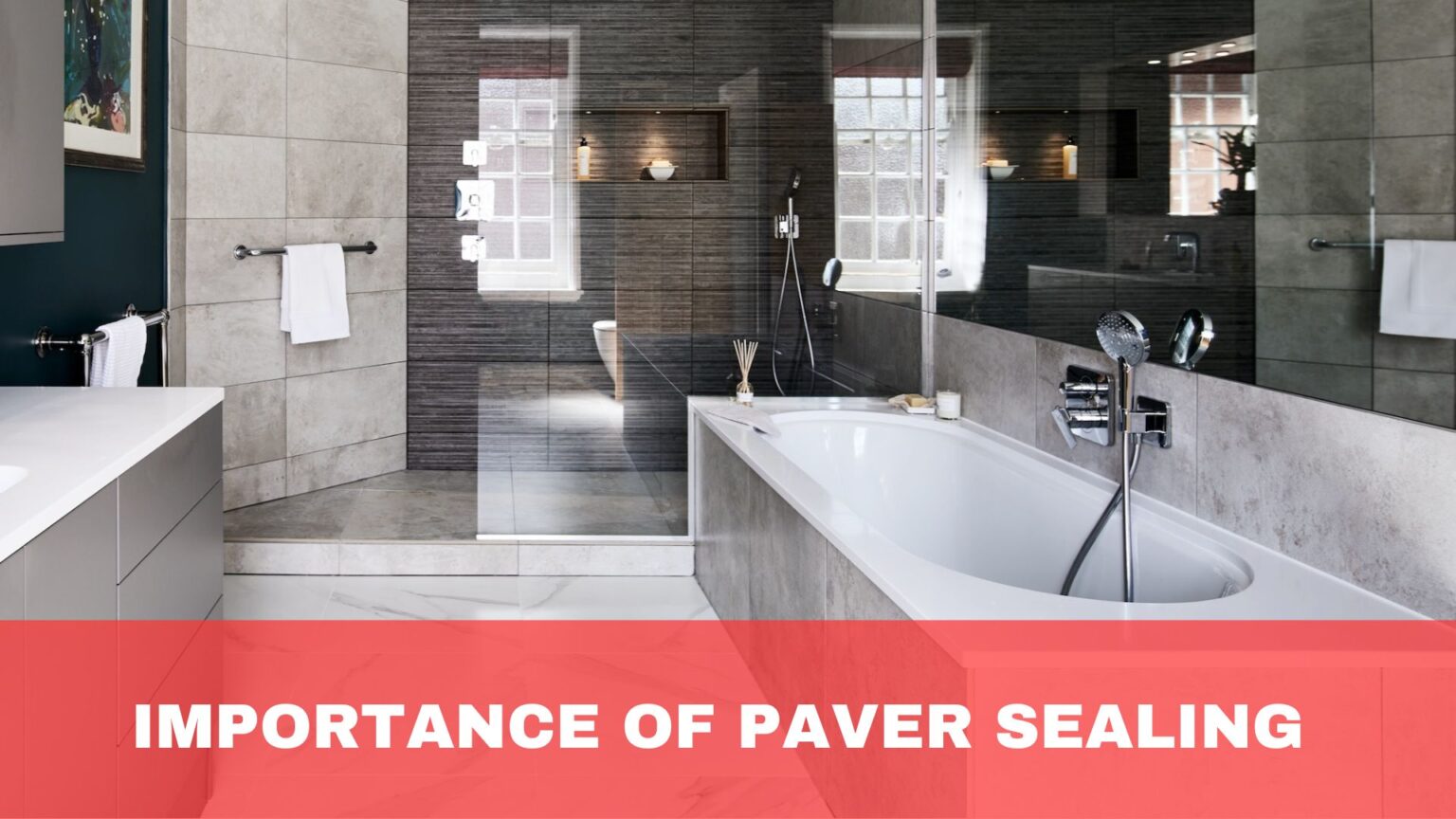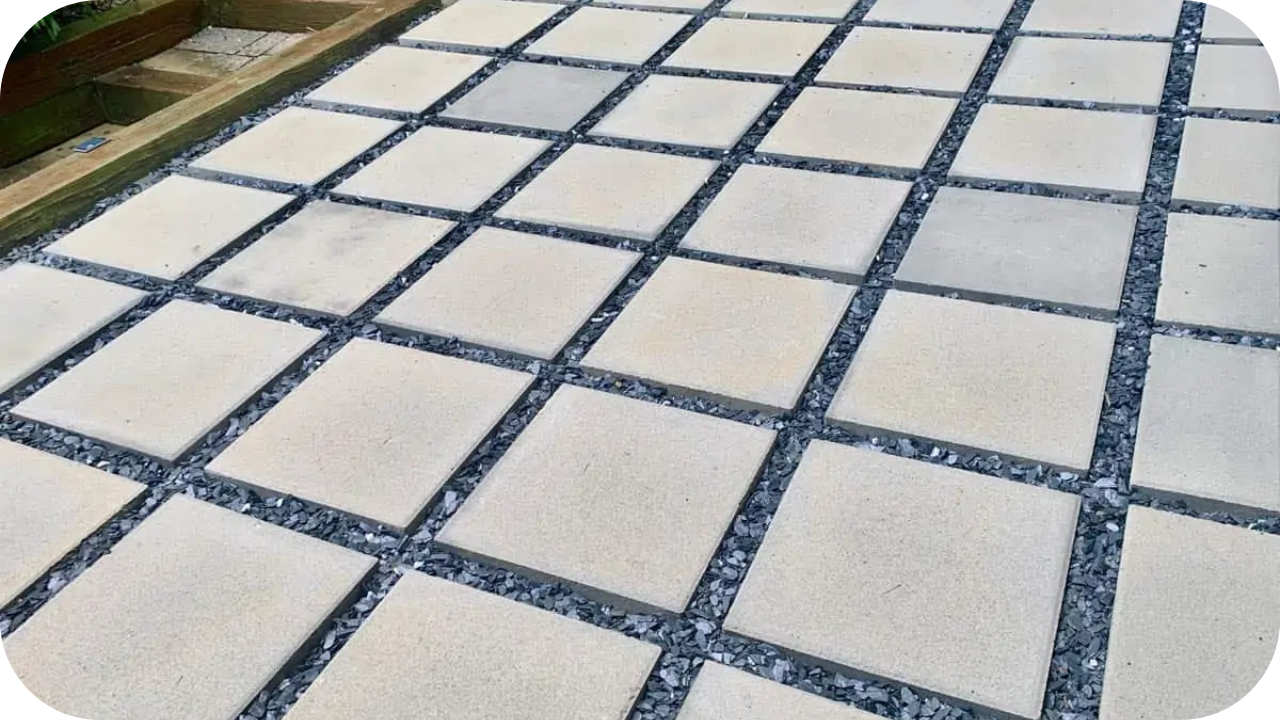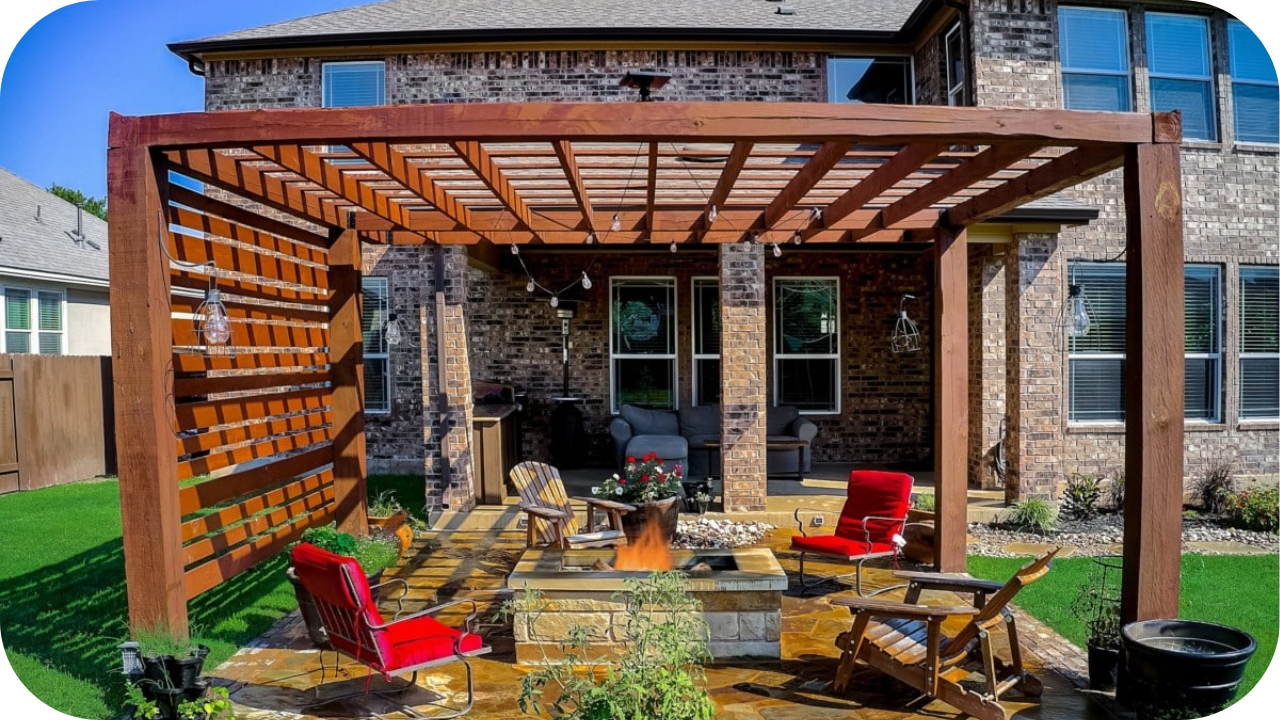
Are your outdoor pavers losing their appeal and durability over time? Exposure to weather, stains, and regular wear can cause pavers to fade, crack, and deteriorate, diminishing the beauty and lifespan of your outdoor areas.
Paver sealing is the key to preserving and enhancing the look and durability of your pavers. This article explores the importance of sealing pavers and how they can protect your investment, ensuring your outdoor spaces remain attractive and resilient for years.
Benefits of Paver Sealing
Sealing your pavers offers numerous advantages that enhance their durability and visual appeal. Here are the key benefits:
1. Protection Against the Elements
Paver sealing provides a robust shield against the damaging effects of UV rays, rain, and freeze-thaw cycles. This protection prevents the pavers from fading, staining, and cracking, which can occur over time due to exposure to the elements. By sealing your pavers, you ensure they maintain their structural integrity and appearance for years.
2. Enhanced Resistance to Stains and Spills
One of the most practical benefits of paver sealing is its ability to repel oil, grease, and other everyday spills. The sealant forms a protective layer on the surface, making it much easier to clean up spills before they cause permanent stains. This keeps your pavers looking fresh and reduces the time and effort required for maintenance.
3. Colour and Texture Enhancement
Sealing your pavers enhances their natural colours and textures, giving them a vibrant and polished appearance. This aesthetic boost can significantly elevate the overall look of your outdoor space, making it more inviting and visually appealing.
4. Weed and Insect Inhibition
A sealed surface resists the growth of weeds and the spread of ants and other insects. This is because the sealant fills the gaps between pavers, creating a barrier that prevents weed seeds from taking root and insects from nesting. This leads to a cleaner, more pristine outdoor area with less need for regular maintenance.
5. Increased Durability and Longevity
Overall, paver sealing significantly increases the durability and lifespan of your pavers. By protecting against environmental damage, stains, and the invasion of weeds and insects, sealing helps preserve your outdoor space’s value and beauty, making it a wise investment for any homeowner.
6. Easier Cleaning and Maintenance
Sealed pavers are much easier to clean compared to unsealed ones. The sealant prevents dirt, grime, and other debris from penetrating the surface, allowing you to rinse or sweep away the mess simply. This reduces the need for frequent deep cleaning or harsh chemicals, saving you time and effort in maintaining your outdoor areas.
7. Prevention of Erosion and Shifting
Paver sealing helps to bind the sand between the pavers, reducing the chances of erosion and shifting. This is particularly important in areas that experience heavy foot traffic or are subject to water runoff. By keeping the pavers in place, sealing helps maintain the integrity of your walkways and patios, preventing the need for costly repairs down the line.
8. Resistance to Mold and Mildew
Unsealed pavers can become a breeding ground for mould, mildew, and algae in damp or shaded areas. Sealing creates a water-resistant barrier that prevents moisture from seeping into the pavers, reducing the risk of mould and mildew growth. This keeps your pavers looking clean and fresh and helps prevent slippery surfaces that could pose a safety hazard.
8. Enhanced Curb Appeal
Finally, sealing your pavers adds to the overall curb appeal of your property. The enhanced colours, cleaner appearance, and well-maintained structure create a polished and inviting look that can significantly boost the aesthetic value of your home. This is especially beneficial if you’re looking to sell your property, as a well-sealed outdoor area can be a major selling point for potential buyers.
Types of Paver Sealers
Choosing the right paver sealer is crucial for achieving the desired protection and finish for your outdoor areas. Here are the main types of paver sealers and their benefits:
- Penetrating Sealers: These sealers soak into the pavers, protecting them within. They are excellent for repelling water, oils, and other contaminants without altering the paver’s natural appearance. Penetrating sealers are ideal for those who want to maintain the original look of their pavers while ensuring robust protection against stains and weathering.
- Film-Forming Sealers: Unlike penetrating sealers, film-forming sealers create a protective layer on the surface of the pavers. This layer enhances the colour and provides a glossy or matte finish, depending on the product used. Film-forming sealers offer excellent protection against UV rays, which can prevent fading and maintain the vibrancy of the pavers. However, they may require more frequent reapplication, especially in high-traffic areas.
When to Seal Your Pavers
Timing is crucial when sealing your pavers to ensure optimal protection and longevity. Here’s what you need to know about the best time to seal your pavers:
- New Installations: For newly installed pavers, it’s recommended to wait at least 1-3 months before applying a sealer. This waiting period allows the pavers to settle and ensures any efflorescence (a white, powdery residue that can appear on the surface) has been completely removed. Sealing too soon can trap moisture and lead to issues down the line.
- Existing Pavers: For existing pavers, the ideal time to seal is during dry weather, ensuring the pavers are completely dry before application. Typically, late spring or early autumn are the best seasons for sealing, as the weather is more predictable and temperatures are moderate.
- Re-Sealing: Pavers should be resealed every 2-3 years to maintain their protective layer and appearance. However, high-traffic areas or regions with extreme weather conditions may require more frequent reapplication. Always follow the manufacturer’s recommendations for re-sealing intervals.
- Before Winter: Sealing before the onset of winter is particularly beneficial. The sealer will protect your pavers from freeze-thaw cycles, which can cause cracking and damage due to moisture expansion.
Steps for Sealing Pavers
Sealing pavers effectively involves several crucial steps to ensure a lasting and attractive finish. Here’s a detailed guide to the process:
- Cleaning the Pavers: Begin by thoroughly cleaning the pavers to remove dirt, stains, and debris. Use a pressure washer for a deep clean, ensuring all contaminants are washed away. Allow the pavers to dry completely before proceeding, as moisture can interfere with the sealer’s effectiveness.
- Choosing the Right Sealer: Select a sealer suitable for your specific type of pavers and the desired finish (glossy, matte, or natural). Consider factors such as UV protection, stain resistance, and slip resistance when choosing.
- Application Process: Apply the sealer evenly using a roller, sprayer, or brush. Start at one end and work systematically to avoid missing any areas. Ensure even coverage without over-application, as pooling sealer can create an uneven finish. Follow the manufacturer’s instructions for the best results.
- Curing Time and Maintenance: After application, allow the sealer to cure as per the manufacturer’s guidelines, typically 24-48 hours. During this period, keep the area free from traffic, water, and debris. Once cured, the sealed pavers will be ready for use and should be maintained by regular cleaning and periodic reapplication of the sealer.
Common Mistakes to Avoid
Proper paver sealing is essential for maintaining the durability and attractiveness of your outdoor areas. However, several common mistakes can undermine the effectiveness of this process. Here are the key pitfalls to avoid:
- Sealing Too Soon: Applying sealer to newly installed pavers before settling can trap moisture and efflorescence, leading to discolouration and damage. Always wait 1-3 months after installation to ensure the pavers are ready.
- Inadequate Cleaning: Please thoroughly clean pavers before sealing to avoid dirt and stains being sealed in, compromising the appearance and effectiveness of the sealer. Use a pressure washer and ensure the pavers are completely dry before applying the sealer.
- Over-Application: Applying too much sealer can cause pooling and an uneven finish. Follow the manufacturer’s instructions for the correct amount and method of application to ensure an even, thin layer.
- Ignoring Weather Conditions: Sealing during wet or excessively hot conditions can prevent the sealer from curing properly. Choose a period of dry, moderate weather for the best results, and ensure no rain is forecast for at least 24 hours after application.
- Neglecting Maintenance: Sealing is not a one-time task. Regular maintenance, including cleaning and re-sealing every 2-3 years, is necessary to keep the pavers protected and looking their best.
Conclusion
Paver sealing is crucial for maintaining durable and attractive outdoor areas. It enhances longevity, appearance, and ease of maintenance.
Ready to protect your investment? Contact Splendour In Stone Melbourne today for professional paver sealing services and ensure your outdoor spaces look their best for years.
More To Explore

Top Outdoor Paving Ideas for Aussie Backyards
Are you ready to transform your Aussie backyard with stunning paving ideas? Whether you’re looking to create a stylish outdoor entertaining area, a functional pathway,

Small Backyard? Here’s How to Maximise with Stone
Struggling to make the most of your small backyard space? Many homeowners with limited outdoor areas feel restricted when it comes to design. But what


